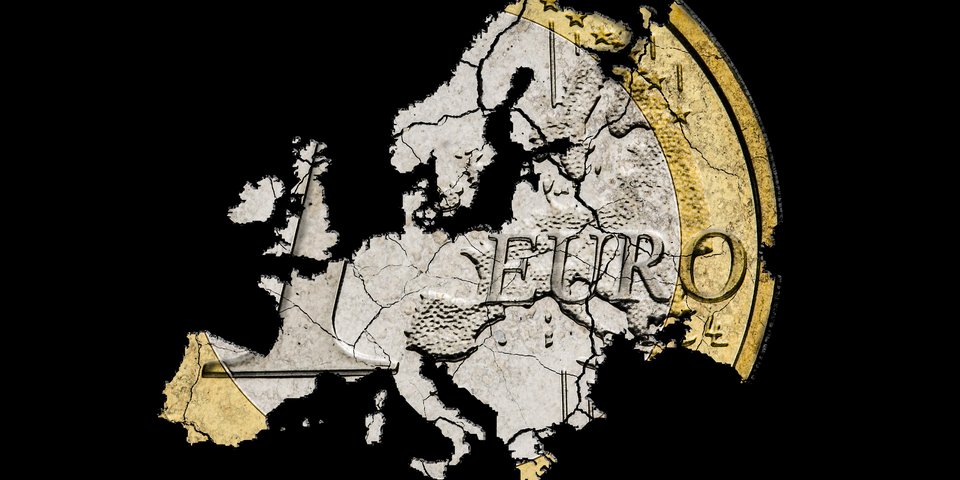 iStockphoto/martinwimmer
iStockphoto/martinwimmerEU taxonomy: focusing on environmental and social aspects
The “Sustainable Finance Platform” presented their final report for European social taxonomy
VS – 03/2022
The
sustainable finance platform is a body of experts that advises the EC about
sustainable finance strategy and also develops proposals regarding taxonomy.
Analogous to the EU Taxonomy Regulation covering climate protection and adapting to
climate change, the sustainable finance platform presented its Proposal for European social taxonomy on February 28, 2022.
Private investment for social objectives
Environmental
and social aspects have been part of the EU's sustainable finance strategy from
the beginning. The EU Taxonomy Regulation was published on June 18, 2020. Under this,
companies have had to report on their "climate protection" and
"adapting to climate change" objectives since January 1, 2022. More
EU taxonomy environmental objectives were presented on February 2, 2022 in a supplementary delegated taxonomy act.
In the
expert panel’s opinion, it makes sense to develop a European social taxonomy
analogous to the Taxonomy regulation covering climate change mitigation and
adaptation. The aim is to create incentives to encourage private investment to
make a significant contribution for the achievement of social objectives. Social
taxonomy is a classification system that prepares a list of socially
sustainable economic activities. Companies and financial product providers can
send a signal to their customers that their business model is socially
sustainable.
What are these social objectives?
When
selecting social objectives, the sustainable finance platform refers to basic
documents that involve the EU’s social orientation. Included here are the
European Social Charter, the EU Charter of Basic Human Rights, the European
Convention on Human Rights and the European Pillar of Social Rights.
Three
high-level objectives have been formulated based on them:
· decent
working conditions (for supply chain workers as well)
· decent
living and welfare standards for end consumers
· integrative
and sustainable communities and societies
Included in the social taxonomy are employees,
end consumers and communities. These objectives have now been subdivided so
that a comprehensive catalogue of specific social investments can be prepared - rather like a reference
list of social investments.
Does the proposal have a future?
The EC,
the Council and the European Parliament expect the EU Taxonomy Regulation to
have a strong guiding effect on private investments and to provide a
considerable boost to realising the climatic targets. As with the measures for
realising the climatic targets, there is a considerable need for investment in
order to be able to tackle social challenges within the EU. Mobilising private
investment is a tantalising approach.
Realisation: feasible
Technical implementation within the EU
seems possible according to the report from the sustainable finance platform.
This means that the proposal presented by the sustainable finance platform
leans towards the EU Taxonomy Regulation in both approach and structure. It has
been deliberately prepared to be internationally compatible by taking into
account both the UN Guiding Principles on Business and Human Rights and the
OECD Guidelines for Multinational Enterprises.
However,
when the report was presented, the EC reacted cautiously and pointed out that
the report would have to be intensively analysed before it could be accepted.
